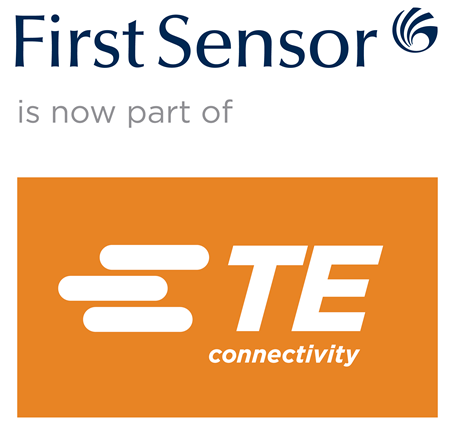Research and industry are progressively moving closer to the ideal of autonomous driving. Lidar systems are a fundamental feature of a car that embodies a decreased dependency on the driver’s active control. This article will summarize which roles these systems are already undertaking and the function that sensors play in particular.
.png)
LIDAR-scanner in action. Image Credit: First Sensor
Lidar (light detection and ranging) technology constitutes the foundation of functional driver assistance systems, including lane change assistant, adaptive cruise control, blind spot alert and a collision warning system. Although lidar is linked to radar, it utilizes laser beams rather than radio waves to quantify speeds and distances.
Characterized by their extremely high angle and distance resolution, lidar systems have supplanted standard radar and camera systems, and an exceptionally accurate model of the area around a vehicle can be generated by means of software. Not only does this identify other road users, including four-wheeled or two-wheeled vehicles and/or pedestrians, it also yields information regarding road signs, markings and additional traffic facilities comprising traffic lights or barriers.
Criteria to be Satisfied by Lidar Systems
Which automotive and mobility criteria must such a measurement system satisfy? Moreover, which challenges are the sensors required to overcome?
- Monitor the circumambient area: Vehicles which operate at high speeds in particular require an exceedingly broad "visual field," a highly effective predictive system and an exceptionally rapid and dependable detection system.
- Resistance: The sensors utilized need to be able to resist all weather conditions, wind speeds and assorted other environmental influences.
- Conformity: The electronic system must inherently observe all of the customary industry requirements, and the sensors must conform to the predominant design of the sensor system.
- Cost efficiency: Although a lot is feasible, not everything can be accomplished within a financially sustainable framework. Lidar systems developers also need to consider the costs and seek a solution that is both totally reliable and cost-effective.
Which system fulfills the requirements of maximum resilience and safety? A long-range lidar system that can detect objects at distances of up to 300 meters is the optimal laser choice for vehicles which drive at high speeds. Multiple sensor solutions are available for usage in the automotive industry.
Essential: Reliable Sensors
Sensors constitute the fundamental component of any lidar system. Each sensor technology possesses its own advantages and disadvantages. Here is a brief summary:
Silicon PIN Photodiodes
These silicon-based detectors are formed of three eponymous semiconductor categories: P-type, Intrinsic, N-type.
+ Extremely broad dynamic scope; reasonably economical
- Inferior signal-noise performance in relation to other technologies; not particularly fast
Silicon Photomultipliers (SiPM) and Single-Photon Avalanche Diodes (SPAD)
Initially established for basic tasks in a scientific and medical environment, these detectors are gradually being integrated into lidar technology.
- Risk of oversteering; disadvantageous signal-to-noise ratio; high temperature-sensitivity.
+ Strong amplifier properties; high-speed functionality; chip-compatibility with CMOS.
Indium Gallium Arsenide Photodiodes (InGaAs)
A technology which does not require the customary silicon. InGaAs are still relative newcomers to the lidar world; they are typically utilized in compact fiber-optic networks in the telecommunications sector.
+ Capacity to measure long distances; broad spectral range
- Unfavorable temperature-sensitivity; complexity and high price of production
Avalanche Photodiodes (APD)
Developed with the use of military and industrial technology, APDs are now an established attribute of the majority of vehicles manifesting autonomous driving features.
+ High sensitivity; optimal signal-to-noise ratio; high speed; highly economical
- Incompatibility with CMOS technology
Selecting the Best Sensor
No driver assistance system can exist without lidar, while lidar in turn depends heavily on its sensors. Indeed, autonomous driving would not be possible without them. Without the use of laser beams, the safe measurement of distances and speeds of objects would be inconceivable.
How can the optimal sensor system for a particular field of lidar application be selected? Moreover, what experience and qualifications in the automotive sector does a sensor manufacturer possess? What support services can be built on? Is it possible to customize sensors to meet specific needs and requirements?

This information has been sourced, reviewed and adapted from materials provided by First Sensor AG.
For more information on this source, please visit First Sensor AG.